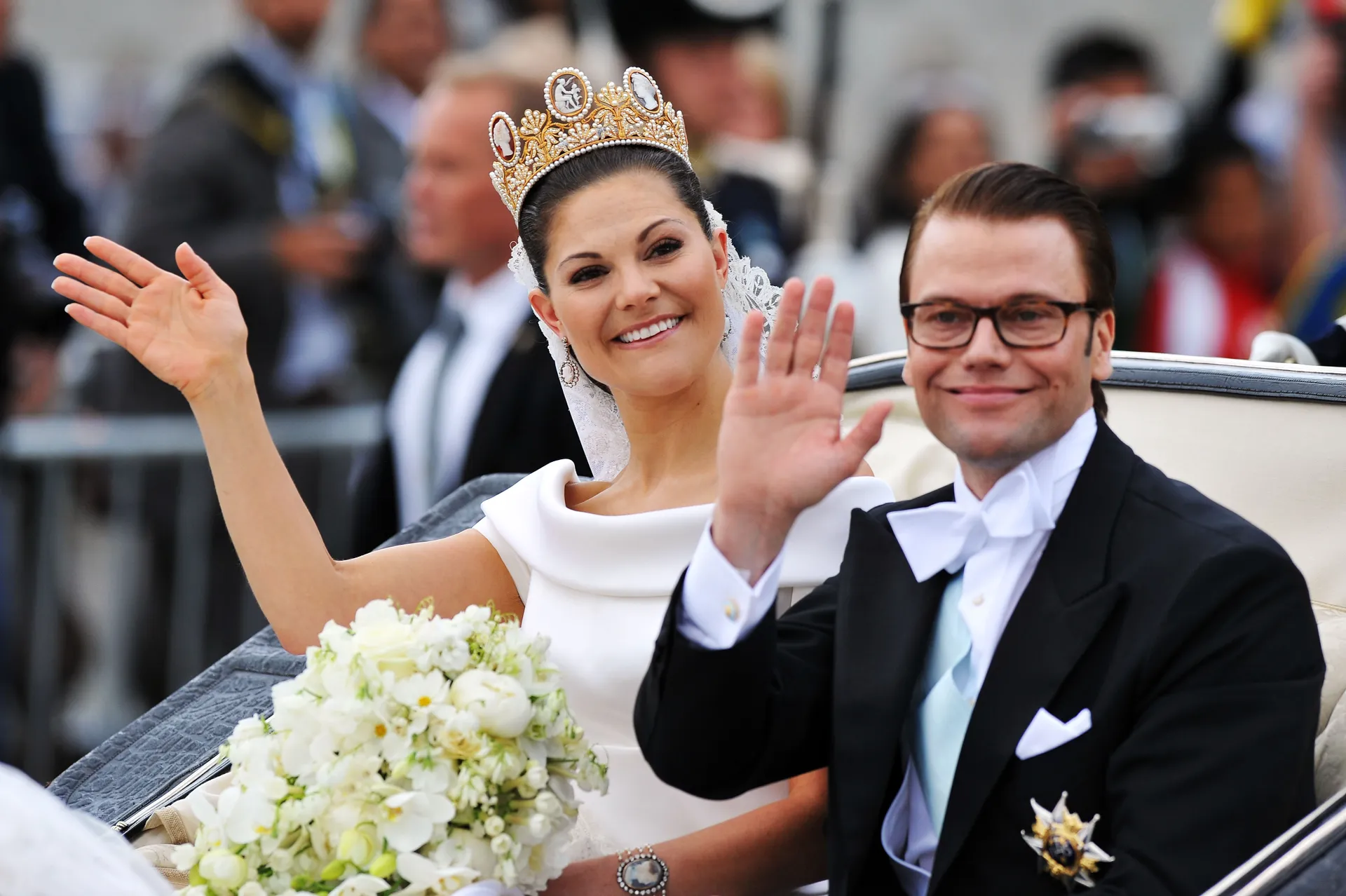
Yes, It’s Scary Trying to Repair a Friendship—But That Doesn’t Mean We Shouldn’t Try
Repairing a friendship can often feel daunting, akin to walking a tightrope while balancing our emotions and fears. The notion of reconciliation stirs up various feelings, from anxiety to hope, as we navigate the complexities of past misunderstandings and unhealed wounds. Despite the fear of vulnerability and the potential for rejection, taking steps to mend a fractured friendship is essential for personal growth and emotional well-being.
First, acknowledging the pain and difficulty in the situation is crucial. Recognizing that friendships can go through ebbs and flows is a vital part of understanding the dynamics at play. It’s natural for conflicts to arise, and the challenges we face can lead to significant learning experiences. While the fear of confronting a friend can be intimidating, it is important to remember that most relationships require effort and commitment to thrive.
Open communication is key to rebuilding trust. Starting with an honest conversation about feelings can pave the way for understanding and healing. Sharing our perspectives allows both parties to express their hurt and seek clarity. Listening to each other’s viewpoints fosters empathy and creates a foundation for rebuilding the relationship.
Moreover, patience plays a vital role in the repair process. Just as relationships take time to develop, they also require time to heal. Allowing space for emotions to settle can be beneficial, enabling friends to reflect on their actions and reactions. This period of introspection can lead to personal growth and a deeper understanding of what each person values in the friendship.
It’s also essential to set realistic expectations. While we may long for immediate resolution, understanding that healing takes time can alleviate some pressure. Friends must be willing to acknowledge that the path to reconciliation may involve setbacks, and that’s okay. Each step taken towards repair is a step towards a stronger bond, even if the journey is not linear.
Additionally, finding common ground can help reignite the friendship. Engaging in shared activities or interests can create positive memories and reinforce the connection. Reminiscing about happy times together can serve as a reminder of what brought the friendship together in the first place, sparking motivation to work through the challenges.
Ultimately, attempting to repair a friendship reflects our willingness to invest in meaningful connections. While it may feel scary to confront the situation, taking that leap can lead to transformative outcomes. Friendships hold immense value in our lives, offering support, laughter, and companionship. Therefore, embracing the fear and taking steps toward mending a friendship can be incredibly rewarding, leading to deeper connections and a renewed sense of trust.
In conclusion, the fear surrounding repairing a friendship should not deter us from trying. Instead, we should approach the process with compassion, openness, and patience, understanding that the effort invested in repairing relationships is often worth the journey. As we navigate the complexities of human connections, we must remember that the willingness to try speaks volumes about our commitment to those we care about.








